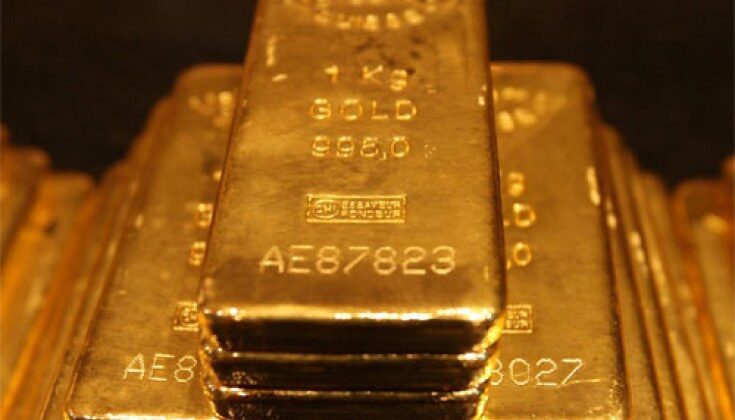

Zimbabwe, to mint gold coins as a response to inflation!
Zimbabwe says it will introduce gold coins later this month as it tries to curb soaring inflation amid a slump in its currency.
The country’s central bank also outlined plans to make the US dollar legal tender for the next five years.
The central bank’s main interest rate was more than doubled this month to 200%, after the annual rate of inflation rose above 190%.
In a statement, central bank chief John Mangudya announced the new gold coins would be available through normal banking institutions.
BBC Tweet on Zimbabwe’s decision on gold coins
Zimbabwe to mint gold coins to tackle rising prices https://t.co/B2sucF0xbj
— BBC News (UK) (@BBCNews) July 6, 2022
Zimbabwe’s dollar has slumped in value against major currencies this year.
“The Reserve Bank of Zimbabwe’s Monetary Policy Committee (MPC) resolved to introduce gold coins into the market as an instrument that will enable investors to store value,” Mangudya said.
The gold coins, which will contain one troy ounce of 22-carat gold, will be available from 25 July, the governor added
A troy ounce is a unit of measure used for weighing precious metal – such as gold, silver and platinum – that dates back to the Middle Ages. One troy ounce is equal to 31.10g.
“The gold coins will be available for sale to the public in both local currency and US dollars and other foreign currencies at a price based on the prevailing international price of gold and the cost production,” Mr Mangudya added.
The statement also said each coin will be identified with a serial number and can be easily converted to cash, locally and internationally.
The announcement is part of the Zimbabwe government’s measures to tackle the country’s currency crisis.
Last month,
the annual rate of inflation hit 191.6%, while the Zimbabwean dollar has lost more than two-thirds of its value against the US dollar since the start of 2022.
- From 1 July the Reserve Bank of Zimbabwe’s main interest rate was raised from 80% to 200% a year
Hyperinflation forced the country to abandon the Zimbabwe dollar in 2009, and it opted instead to use foreign currencies, mainly the US dollar.
During the worst of the crisis, the government stopped publishing official inflation figures but one estimate put the inflation rate at 89.7 sextillion percent year-on-year in mid-November 2008.






